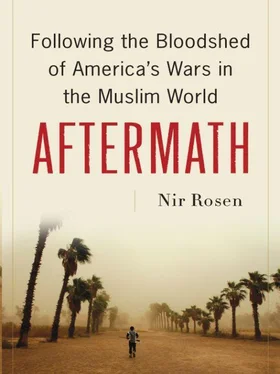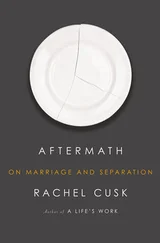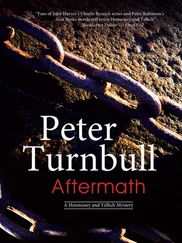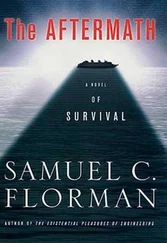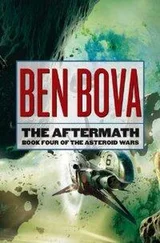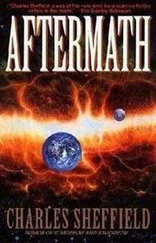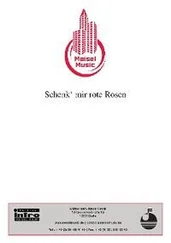Two small green NATO armored personnel carriers zipped by driving away from the battle. Shafiq and Abdillah laughed. Bulgarians, they told me. As more cars stopped on the road, more men got out to watch the battle, point at what they could spot, and chat. At a small shop by the gas station, my companions bought a syrupy Taiwanese version of Red Bull called Energy. People went to urinate behind rusting shipping containers. Afghan men squat all the way down when they piss. I couldn’t manage this feat of acrobatic skill, and a man standing as he relieved himself would have immediately attracted attention, so I waited until everybody had left before I went and pissed between shipping containers.
Several American vehicles drove by as well as two Polish and two ANA vehicles. A few minutes later three American vehicles sped in the direction of the fighting, shortly followed by three NATO vehicles. After an hour of waiting, everybody smiled and went back to their cars. Buses and cars drove toward us from the direction of the battle scene, honking to let us know the way was safe and the roadblocks had been opened. Trucks were ablaze on the side of the road, and large craters had torn through the asphalt, with chunks of the road tossed in our way. The trucks had been carrying drinks for the Americans, Abdillah told me. Sure enough, as we drove past them we could see hundreds of water bottles spilling out. We drove by the halted convoy. Dozens of trucks, some partially burned, crowded the road. The drivers stood outside the trucks, which had UKMOD (United Kingdom Ministry of Defense) stickers on their windshields. Armed escorts fanned around the road. Further down the road there were more craters and American armored vehicles blocked our path, with fire and smoke behind them. People told us to stop because the Americans were shooting at approaching cars. Shafiq slowly maneuvered the car to the front of the line and stopped. The Americans moved, and we all followed slowly like a nervous herd. We drove by yet more burning trucks down a stretch of road that had been smashed to bits. Abdillah pointed to three destroyed vehicles from an attack four days earlier.
We were on the “ring road,” the most critical road in Afghanistan. It was the fastest, most direct and practical means of getting from hub to hub, if you ignored the increasing risk. Without the ring road, one was relegated to using small provincial roads—which greatly increased the length of the trip, since many were just gravel or dirt. The ring road was the only one that was close to being a highway in the country and was the only viable route for those wishing to move large convoys. The Kabul-Kandahar highway had been a show-piece for the American coalition, connecting the two main American bases—in Bagram and Kandahar—and linking two halves of the country together. Now it was destroyed, and traffic in support of the Afghan government or the coalition forces was becoming more difficult. On June 24, 2008, the Taliban attacked a convoy of fifty-four trucks passing through Salar: they destroyed fifty-one of them, seized two Toyota escort vehicles that belonged to the security guards, captured loot, and killed some of the drivers. More recently, on September 8, in Zurmat—which is between Gardez province and Ghazni—a convoy of thirty-five trucks was attacked, and twenty-nine of them were destroyed.
At a lonely desert checkpoint manned by the Afghan army, a few soldiers with AK-47s asked us what had happened on the road. Later we passed by a pickup truck full of more Afghan soldiers. “They are bad,” Shafiq told me, explaining they were from Kandahar and were affiliated with President Karzai. “I fight them every day,” he said. Night fell, and we passed a police station. “From now on it’s all Taliban territory,” they told me. “The Americans and police don’t come here at night.” We no longer had mobile phone reception. Shafiq and Abdillah explained that the Taliban ordered the local phone towers to be shut down every night so they could better conduct operations. We stopped at a gas station, and they pointed to an Afghan in an SUV who they knew worked with the Americans at the nearby base. In the darkness we slowly rolled into the village of Nughi. It was the holiday of Shab-e-Barat, when Muslims believe God determines the destinies of people for the coming year. It seemed as though all the young boys of the village had gathered in small groups to swing balls of fire connected to wires. Like orange stars, hundreds of fiery circles glowed far into the distance. Carefully Shafiq maneuvered the car on the bumpy dirt road between mud houses. A traditional house in these areas, called a qala , is made of an extremely durable mixture of mud and straw and built like a fort, with high walls surrounding large compounds that often include different quarters and even areas for agriculture. We pulled up in front of one house, and Shafiq banged on the metal door. A man led us by motorcycle to another house, where a group of young men emerged. In the darkness I could make out a couple of them carrying weapons. We greeted the traditional way, each man placing his right hand on the other’s heart, leaning in but not fully embracing and inquiring about the other’s health, home, and family.
Mullah Abdillah left us, returning to his house. We followed the Taliban on foot to another house with the moon lighting our path. We entered through a short door into a guest room with a red carpet and wooden beams on the ceiling. A dim bulb barely lit the room. I spotted a rocket-propelled grenade launcher with several rockets beside it and a PKM, or belt-fed machine gun, leaning against the wall. An old man named Haji Shir Muhamad was sitting in the room. Shafiq, Kamal, and I were joined by two Talibs: Mullah Yusuf, a commander from Andar, and a boy called Muhamad. Mullah Yusuf had dark reddish skin and a handsome face. He wore a black turban with thin gold stripes and carried an AK-47. A boy brought a pitcher and basin, and we rinsed our hands. We drank green tea and ate a soup of mushy bread called shurwa with our hands. Some chunks of meat were served to us, followed by grapes. Haji Shir Muhamad had lived in Saudi Arabia for five years, so we were able to communicate in Arabic a little.
Mullah Yusuf slept in different houses every night, he said. He went from village to village, as did other Talibs, to avoid the Americans. He was Mullah Abdillah’s nephew and was originally from the Zarin village in Ghazni; although he was only thirty years old, he was an important commander in Andar. A year and a half before, Yusuf had been injured in battle by an American helicopter strike. The wound was in his thigh. He had been hospitalized but still had problems and walked with a pronounced limp. Yusuf’s cellphone rang with a bells-and-cymbals version of the Sorcerer’s Apprentice theme. Yusuf had been with the Taliban for five years. Before that he had studied at a famous religious school called Zia ul-Madaris al-Faruqia in Miranshah, center of Pakistan’s North Waziristan, where many Afghan refugees lived. He joined the jihad because foreigners had come to Afghanistan, he told me, and were fighting Afghans and poor people in their villages. He had not received training but had learned from friends. He claimed that he did not receive assistance from foreigners, only from people in the villages, who provided weapons and money. Yusuf told me he used what money he had to buy weapons and ammunition before he bought food. Local villagers even helped when the Taliban attacked checkpoints, he said. “All of this village helps because they are Muslim,” he said. “The Americans are not good. They go into houses. Some people from this area are in American jails. Fifteen days ago the Americans bombed here and killed a civilian.” Foreigners did occasionally come to fight with them, he said, including Saudis and Uzbeks. It soon became clear that he referred to all foreign fighters who volunteered to fight with the Taliban as Arabs. “They are like my brothers,” he said. Arabs and Chechens taught them how to use remotely detonated bombs.
Читать дальше
